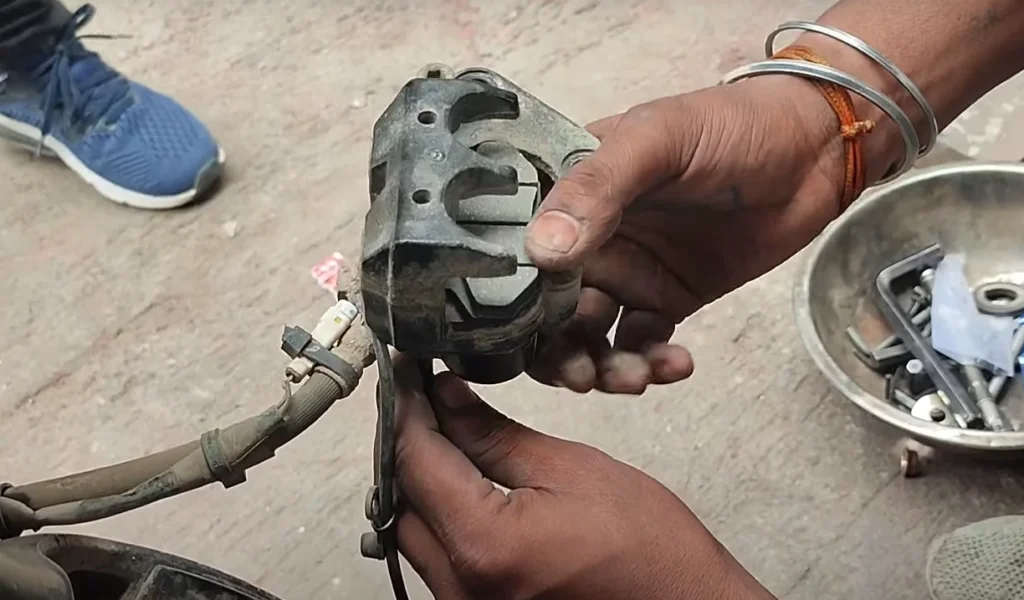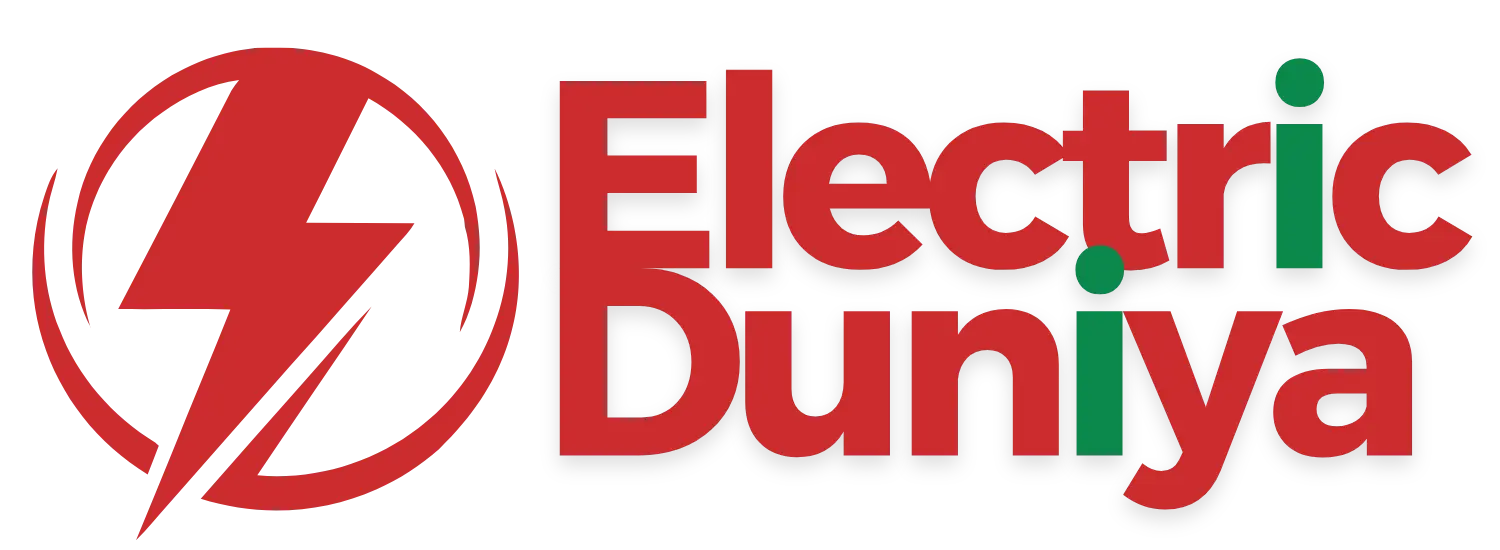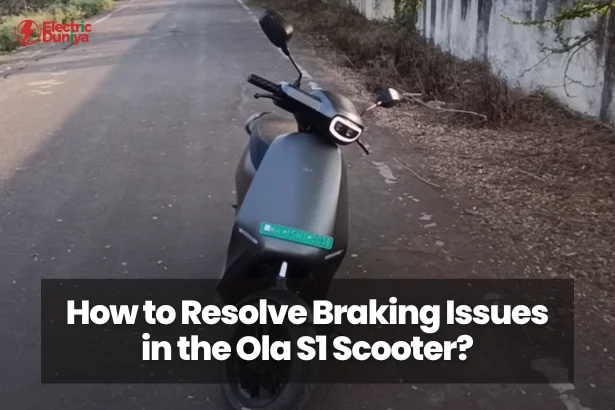It’s time to hit the brakes—literally and figuratively—on any braking problems with your Ola S1!
If you’re an Ola S1 or Ola S1 Pro electric scooter rider and you’re experiencing issues with the braking system, you’re not alone. Braking is a crucial component of rider safety and performance.
Whether you’ve noticed a decrease in stopping power, unusual brake noises, or inconsistent brake feel, addressing the issue early is essential for smooth and safe commuting.
This guide walks you through step-by-step solutions to help you identify and fix common braking problems in your Ola electric scooter.
1. Identify the Root Cause of the Brake Issue
Before you can fix anything, you need to diagnose the problem.
Here are some signs of brake-related issues:
- Squeaking, grinding, or squealing sounds
- Soft or spongy brake feel
- Uneven braking between the front and rear wheels
- Longer stopping distance
- The brake lever feels loose or doesn’t return properly
Pinpointing the exact symptoms will help determine whether the problem lies in the brake pads, fluid, calipers, cables, or hydraulic system.
2. Check the Brake Fluid Level
Many electric scooters like the Ola S1 use hydraulic disc brakes, which rely on fluid to generate braking force. Low or old brake fluid can drastically reduce braking efficiency.
Follow these steps to inspect and refill brake fluid:
Step 1: Locate the brake fluid reservoir (usually near the right handlebar or under the seat area).
Step 2: The reservoir is a small translucent container with “MIN” and “MAX” markings.
Step 3: Ensure the brake fluid is within the recommended level.
Step 4: If low, unscrew the cap and refill using the manufacturer-recommended DOT brake fluid.
Step 5: Carefully remove air bubbles by bleeding the brake lines (optional but ideal).
Step 6: Close the cap securely to prevent leaks.
⚠️ Note: Always use clean tools and avoid spilling brake fluid, as it is corrosive and can damage painted surfaces.
3. Inspect Brake Pads and Discs for Wear
Brake pads and rotor discs experience wear over time due to friction. Thin or uneven brake pads, or warped discs can cause poor braking and unusual sounds.
Here’s how to check them:
- Locate the brake assembly near the wheels.
- Visually inspect for thickness, cracks, or embedded debris.
- If the pads look worn below the minimum thickness or the disc surface appears grooved, they need replacement.
Use a brake cleaner spray to remove any accumulated dirt or grime, and avoid using water, as it can worsen the problem.

4. Adjust Brake Levers and Cables
If the brake lever feels too loose or too tight, you may need to adjust the cable tension or the hydraulic lever position.
- Find the adjuster knob or screw near the lever mount.
- Ensure the lever engages smoothly and doesn’t feel overly slack.
- For cable-driven brakes (older models or aftermarket systems), inspect for any frayed or misaligned cables.
Proper adjustment ensures balanced braking force between the front and rear wheels.
5. Examine Brake Calipers and Pistons
Brake calipers are the components that push the brake pads onto the disc. If they’re stuck, corroded, or uneven, your scooter might pull to one side during braking or vibrate under pressure.
Here’s what to do:
- Locate the caliper behind the brake disc.
- Look for signs of dirt buildup, rust, or unresponsive movement.
- Clean with a degreaser and apply brake-safe lubricant on moving parts.
- If problems persist, consider a caliper rebuild or replacement.
For hydraulic systems, check the brake pistons—if one is sticking, it can cause uneven braking.
6. Perform a Brake Performance Test
After making all necessary adjustments and checks, test your brakes in a controlled environment:
- Ride at various speeds and apply the brakes gently and then firmly.
- Listen for squeaking or grinding.
- Feel for vibration, dragging, or slow response.
- Ensure both front and rear brakes engage smoothly and stop the scooter effectively.
✅ Pro Tip: Do this test in an open, safe area like a parking lot or empty street—never in traffic.
7. Visit an Ola Service Center
If you’re still unsure about the issue or notice persistent problems, it’s best to seek professional servicing.
Ola Electric offers:
- Authorized service centers in major cities like Bengaluru, Pune, Delhi, and Chennai
- Doorstep repair services in supported areas
- Diagnostics through the Ola Electric App, where you can book service appointments or contact support
Qualified technicians can check controller-motor communication, ABS sensors, or perform software updates that might resolve hidden issues.
Final Thoughts
Your scooter’s braking system is the first line of defense in emergencies.
Regular brake maintenance not only improves riding safety but also extends the life of other components like the tires, suspension, and battery system.
Make it a habit to:
- Inspect brakes every 3–6 months
- Use the correct brake fluid
- Replace worn parts promptly
- Ride responsibly and report abnormalities early
By taking these proactive steps, you can continue enjoying safe, smooth, and confident rides with your Ola S1.







